The indy brands starting a running revolution

Roula Khalaf, Editor of the FT, selects her favourite stories in this weekly newsletter.
Brice Partouche often looks, to passersby, like he’s running late to a heavy metal gig. Sprinting around the streets of Paris dressed in a moth-eaten T-shirt, a paisley bandana and tie-dye socks, the former drummer with neck-length hair appears ready for a night in a mosh pit. His intentions are only given away by his sneakers, and maybe his micro shorts. “If I dress a certain way during the day, why would I change my style completely when I run?” he says.
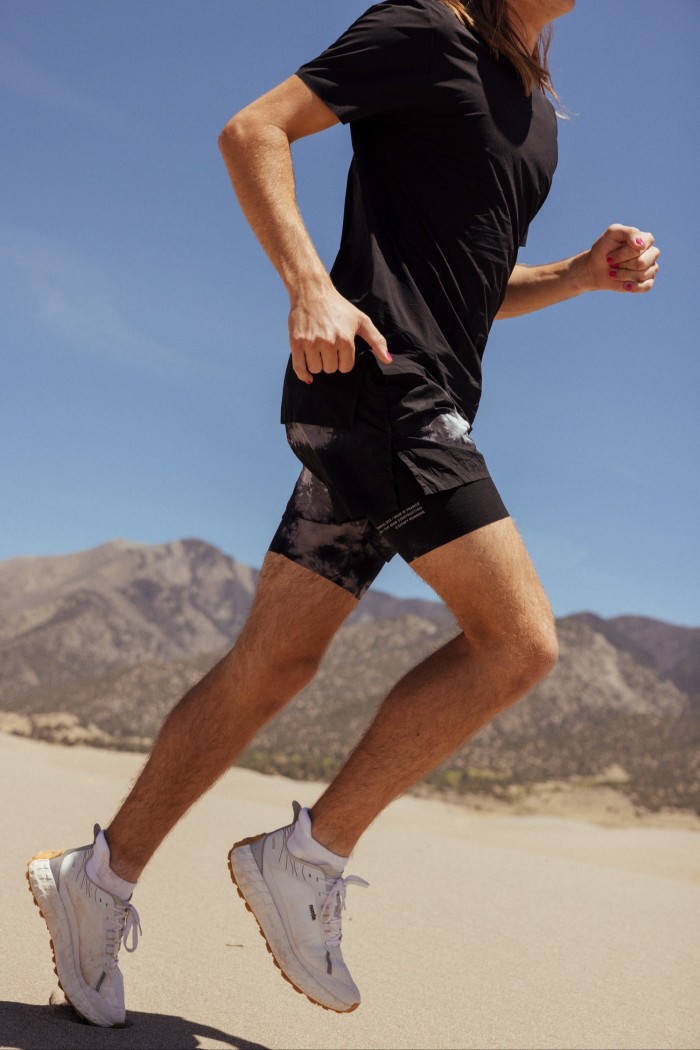
Satisfy, Partouche’s Parisian running brand, meshes his distinctly non-track aesthetic with premium performance. Founded in 2015 (Partouche went for his first jog aged 35) there’s nothing trad about it – no jet-black, shiny microplastics here. Instead, Satisfy’s fibres are responsible, the fabrics are matte and the tones dusky – think desert browns, sage greens and clay. “I didn’t recognise myself in the offerings from the mass market brands,” says Partouche. “I knew I couldn’t be the only person…to want something else.”
Satisfy is a front runner in a group of independent labels offering a design-led take on distance-wear. District Vision, founded by Max Vallot and Tom Daly in New York in 2016, blends city-ready silhouettes with a top tech sensibility. It launched with sports sunglasses but has since propelled itself into a full ready-to-run offering, including a women’s line and a collection with New Balance – both are flattering and fashionable. Meanwhile, London’s Soar meshes race-worthy kit with bold graphic prints, and Wyrd, based in Hong Kong, splashes Celtic and Pagan symbols across its loose jerseys, with founder Jareth Ashbrook citing brands like A-Cold-Wall* and Cottweiler among his inspirations.
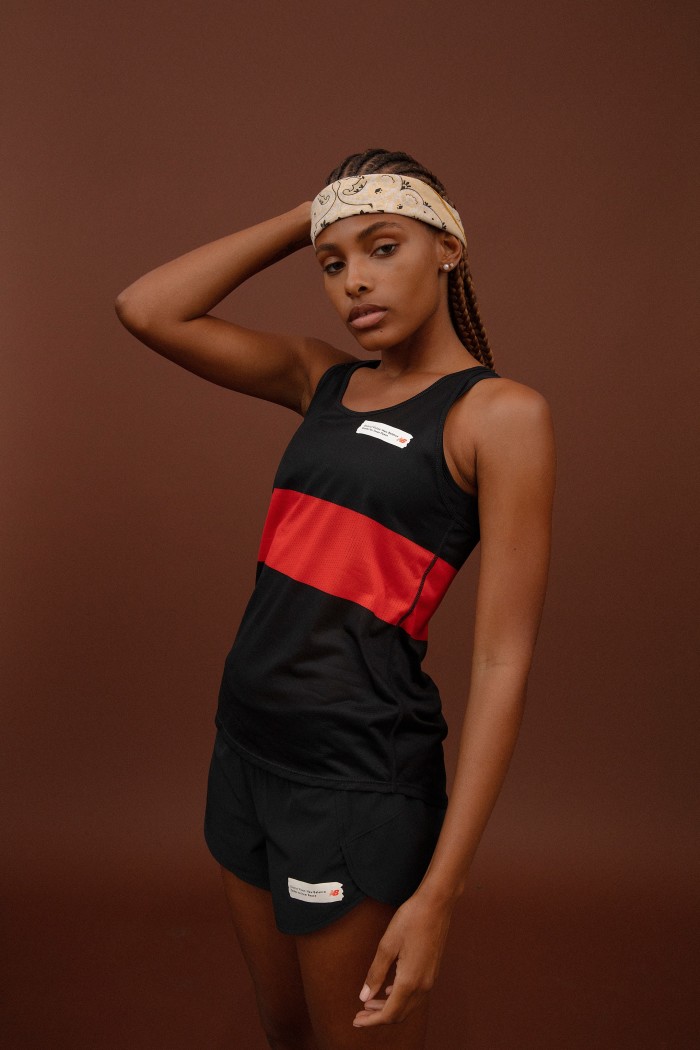
Today, sport is not just a lifestyle but a social event. For many runners, the sacred weekend miles are often punctuated with brunch; after work, with booze. Boston brand Tracksmith, which is opening its first UK store in Marylebone this November, plans to host a rally of free fun runs; they’ll conveniently end within jogging distance of Chiltern Firehouse. “People expect design requirements and solutions that reflect the lives they live,” says Daly, who previously worked for Acne Studios; co-founder Vallot is a former Dior Homme model who later worked for Hedi Slimane at Saint Laurent. The District Vision logo was created by Polish artist Filip Pagowski, known for his work with Comme des Garçons.
For runners, there’s a kudos in sporting kit that isn’t splashed with a trefoil or a tick. Free from the restrictions of a heritage logo, these labels are having fun with their branding: Satisfy is as distinguishable by its “Run Away”, “Possessed” and “Running Cult Member” slogans as its brand name; District Vision emblazons its kit with painterly peace signs and “Centre for Inner Peace” catchphrases; London-based Torsa and Pruzan opts for no overt labelling at all; while Wyrd – a Celtic play on weird – litters its sleeves with “Binding Motion”.
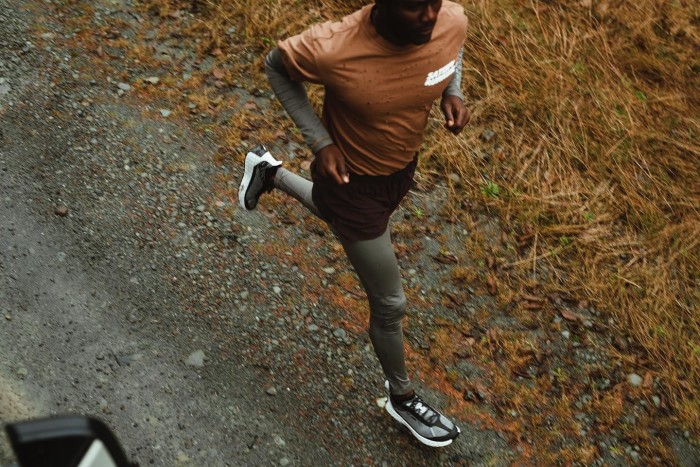
Norda trainers, a single-style brand from Canada, launched in 2021, and has fast become the cult style to sprint in thanks to its featherlight feel and hike-chic look. Co-founder Nick Martire, a lifelong endurance athlete, spent years complaining about how quickly the cheaplymade, mass-produced shoes wore out — so he made his own. At $285, and made from a bulletproof, laser-cut fabric called Dyneema that’s 15 times stronger than steel, they’re among the most expensive on the market. “We have a Vibram outsole and a custom-made insole, and the dollar value of our soles at cost is probably the same as the whole shoe from another brand,” says Willa Martire, a co-founder and the wife of Nick. To get the fit right, Norda asks customers to draw around their feet on A4 paper, measure in millimeters and send snaps of the drawings. The style comes in beige, black and white. “Other brands use every colour imaginable… you can’t wear those [out of context] because they just don’t go with anything,” she adds.
What also distinguishes these brands from their mass-market competitors is the small-batch production and engineered design. For a lot of commercial products, brands use “paper flats from basic mock silhouettes,” says Soar founder Tim Soar, “then they decide how to decorate it and just send it to the factory… That’s not the way to develop trailblazing running clothing. Sportswear is more akin to product design.”
Soar renders in 3D using technical toiles and extensively tests the products. This summer, he released an innovative hot-weather top with UPF50 protection, and a women’s range, which was tested by local runners. “You can’t remove the sportsperson from the process,” adds Soar. Jessie Hyman, co-founder of Pruzan, which launches next week, was so sick of badly fitting women’s kit that she designed and wear-tested her own; cut higher on the waist, her “curved” shorts, named after the female form, cover the bum without being too baggy. “I wore them in the Rotterdam marathon and can attest to the fact they don’t ride up,” she says.
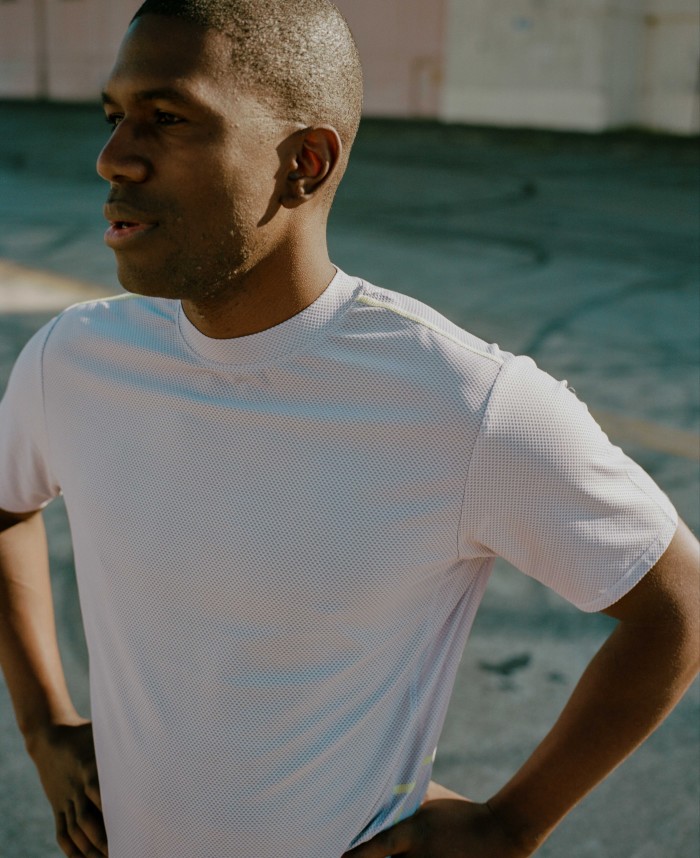
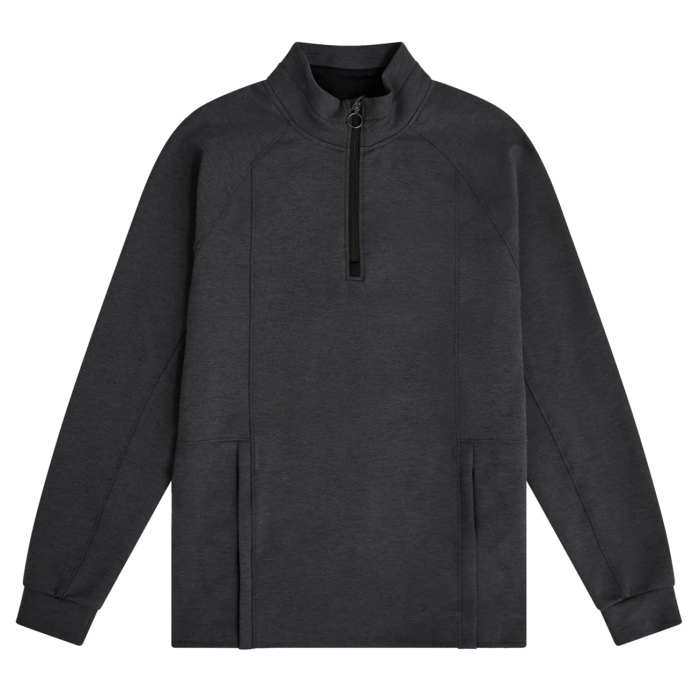
Torsa Ace training top, £130
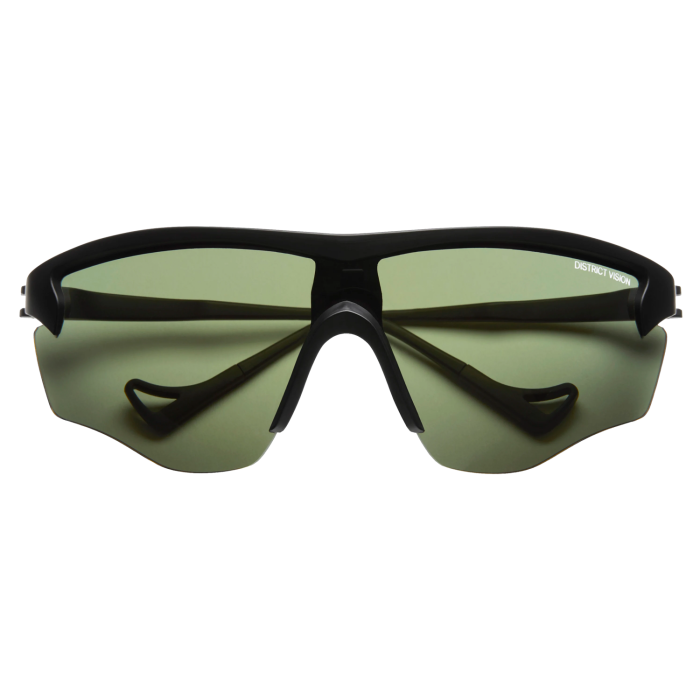
District Vision Junya Racer sunglasses, $250
Satisfy develops its own fabrics – including quick-drying “Justice” cloth – and designs products to include sweat-proof phone pockets and ample storage, while care tags are affixed to the outside to stop chafing. “Most of the industry is quite lazy at this point,” says Daly; District Vision’s eyewear is handmade in Japan using bespoke moulds, lenses and adjustable ear pads. “They use off the shelf frames, off the shelf fabrics.”
On fired the starting pistol in 2010 with its hosepipe-derived soles. But it was Rapha, the cycling brand launched in 2004, that paved the way for sportswear’s indy sprint. (On is now a juggernaut that was worth $679mn in 2021, and is no longer independently owned.) “There wasn’t a cycling company doing less than half a billion in sales when they launched,” adds Martire. “They went in with a premium product at a price point and turned it on its head.” The experience of running in these more artisanal wares is, he says, like “sliding into a Range Rover… or flying business class.”
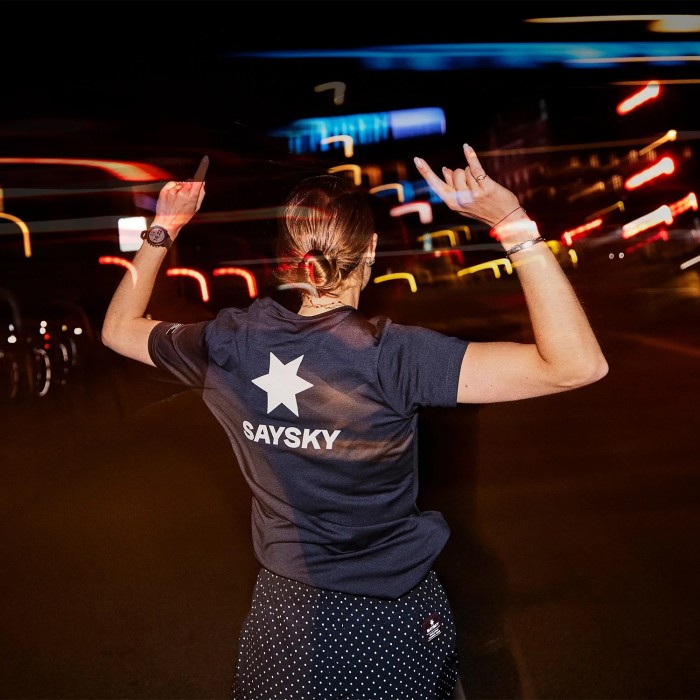
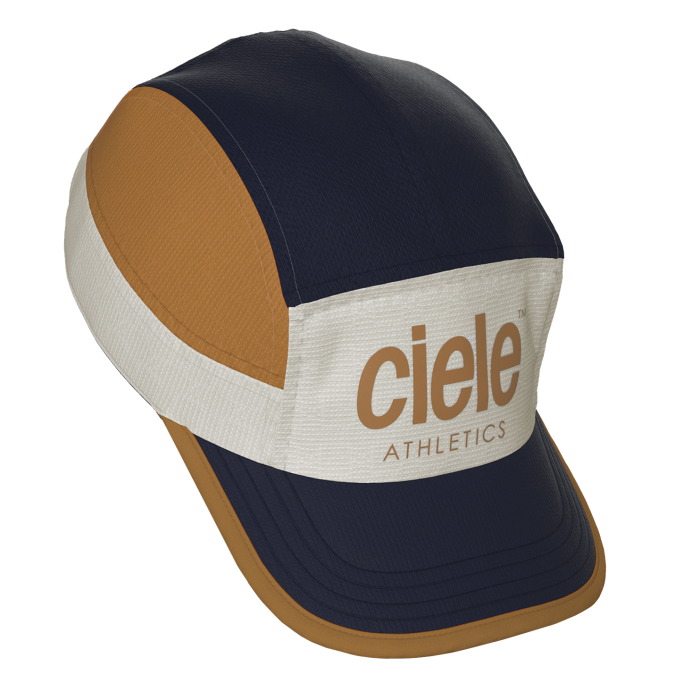
Ciele cap, £40, achillesheel.co.uk
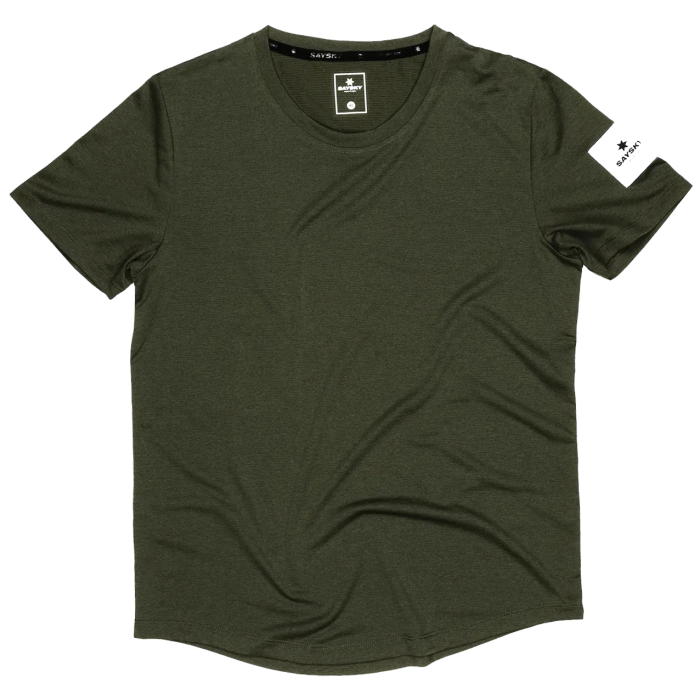
Saysky technical-fabric Clean Combat T-shirt, £45, achillesheel.co.uk
Steven Alexander, the co-founder of Glasgow-based running shop Achilles Heel, is happy about the shift. “The market before was stagnant and saturated,” he says. “Season after season, it was the same styles by the big players. But there’s a broader demographic of people running now… enabling new brands to make some noise.” Achilles Heel stocks Norda, plus caps by Ciele and tops from Copenhagen’s Saysky. The indy offering – “stylish but remarkably technical” – is, he says, “refreshing.”
“We’re bringing with us a sense of integrity, because we really care about running,” says Vallot. “We’re the people standing next to you at the start line.” So community-led are they that they’re even collaborating between each other: Satisfy and Norda collaborated on a limited-edition mint green trail shoe in July. A second iteration is launching for fall – but you better get in line. “The disrupters are joining forces to disrupt further,” says Martire. “Sometimes you need not evolution, but revolution.” On your marks.
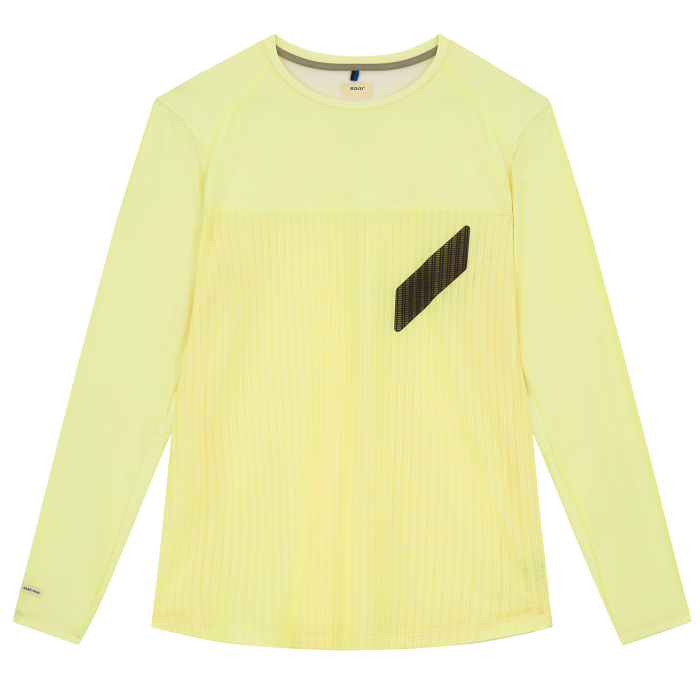
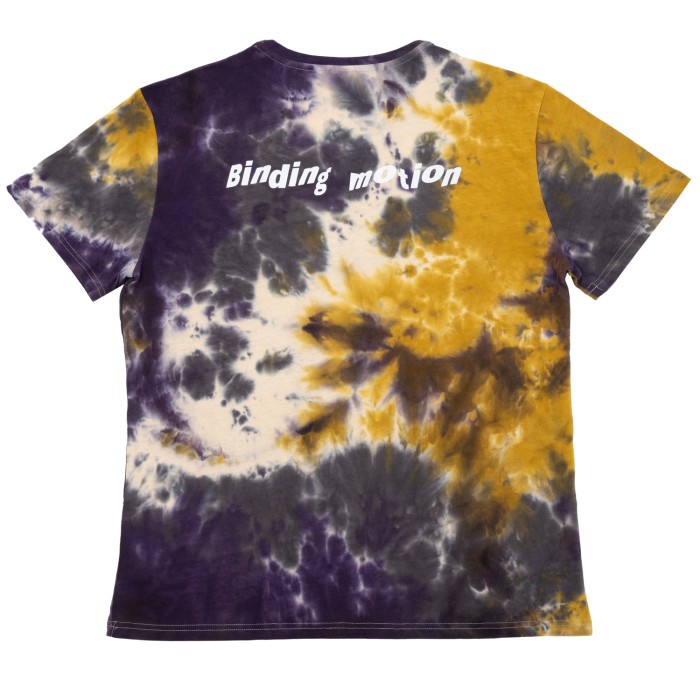

Comments